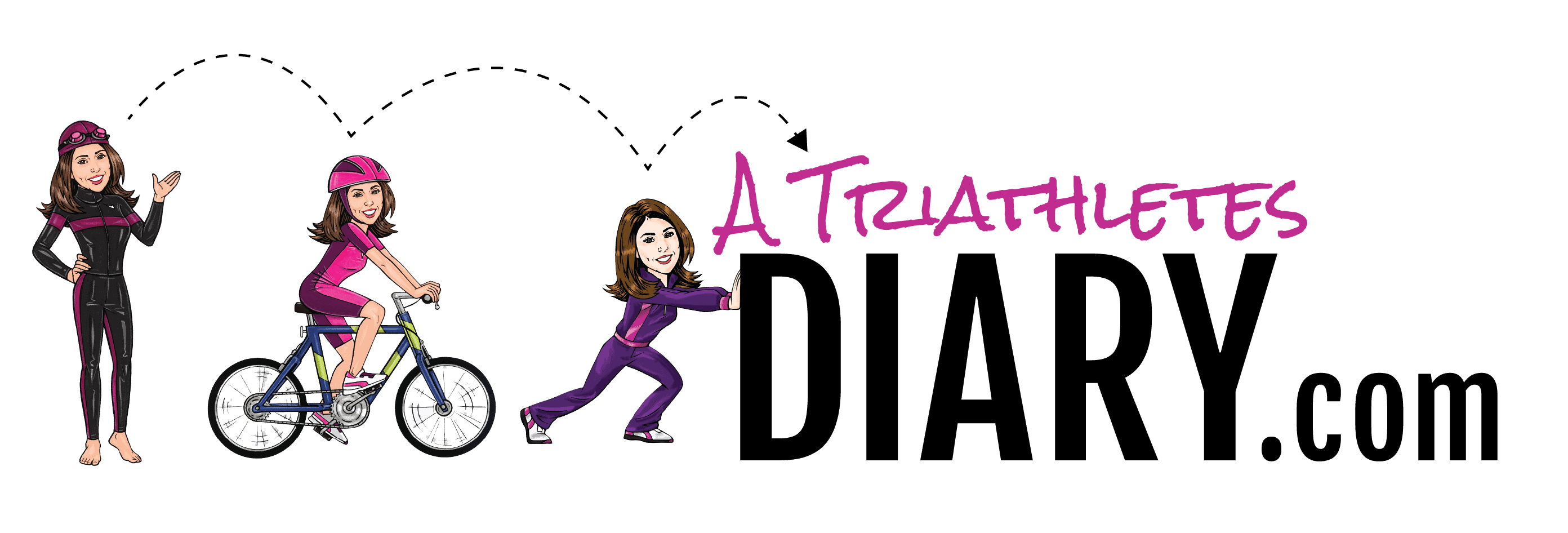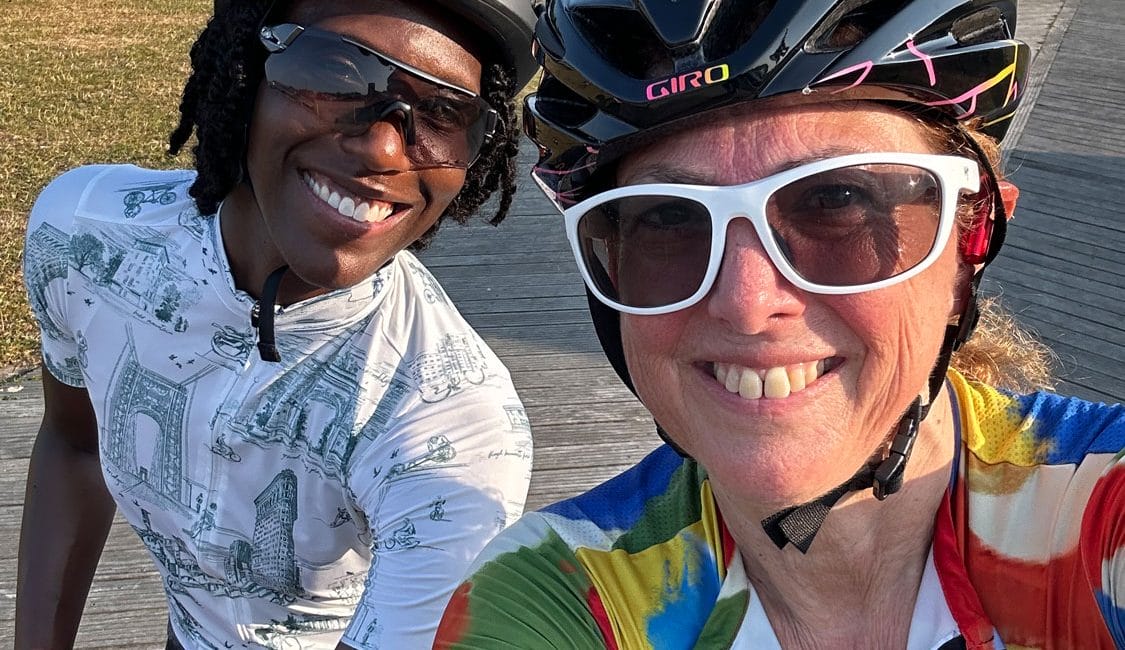Today’s nemesis wasn’t a grueling hill climb or a headwind that wouldn’t quit—it was the unrelenting, scorching heat as I rode my bike on the path.
I set out with my friend Tasia for what we planned to be a solid three-hour bike ride. Tasia and I were pumped and ready to conquer the miles ahead. Little did we know Mother Nature had something else in mind. The heat began to creep up on us as soon as we started. It was relentless.
During the first hour
After the first hour, I found myself making frequent stops. I’d rush to the nearest bathroom each time to splash some cold water on my head. The relief was temporary but oh-so-necessary. I was also drinking water like it was going out of style. Hydration is critical, but even that seemed barely enough to keep the heat at bay.
Cutting the ride short

Despite our best efforts, Tasia and I realized that pushing through three hours in this extreme heat wasn’t just uncomfortable – it was potentially dangerous. We made the smart decision to cut our ride short. Sometimes, you just have to listen to your body.
Training in extreme heat and humidity is no joke, but it’s also a reality we face as triathletes.
Here are some tips to help you navigate those blistering training days:
- Hydration is Everything — Start your hydration strategy well before your workout. Drink plenty of fluids the day before and keep sipping water or an electrolyte drink throughout your session. Remember, once you feel thirsty, you’re already on your way to dehydration.
- Dress Appropriately — Light-colored, moisture-wicking clothing can make a world of difference. This type of fabric helps to keep you cool by drawing sweat away from your body. Don’t forget a hat or visor to shield your face from the sun and sunglasses to protect your eyes.
- Adjust Your Schedule — Consider training during the cooler parts of the day, like early mornings or late evenings. The sun’s intensity is lower, which can make a significant difference in how your body handles the heat. (We trained at 6:30 am and it was extremely warm at that point.)
- Listen to Your Body — Heat-related illnesses are serious. Learn to recognize the signs of heat exhaustion and heat stroke. If you start to feel dizzy, nauseous, excessively tired, or if you stop sweating, it’s time to stop and cool down immediately.
- Cool Down Techniques — Keep a wet towel or bandana with you to drape over your neck. This can help lower your body temperature. And don’t be shy about those bathroom stops to splash water on your head – it’s a quick way to cool down and can make a big difference.
- Acclimate Slowly — If you’re not used to training in the heat, ease into it. Gradually increase the intensity and duration of your workouts to give your body time to adapt.
- Fuel Right — Eating light, easily digestible foods can help prevent your body from overheating. Heavy meals can increase your body temperature and make you more uncomfortable. I was sucking down a Gu Energy Gel every 45 minutes to an hour.
Training for a triathlon is about pushing your limits, but it’s also about being smart and staying safe. When the heat is on, take these precautions to ensure you can keep training without putting your health at risk. And remember, there’s no shame in cutting a workout short if it means staying safe.
Stay cool, stay hydrated, and keep pushing forward! Until next time, happy training!

